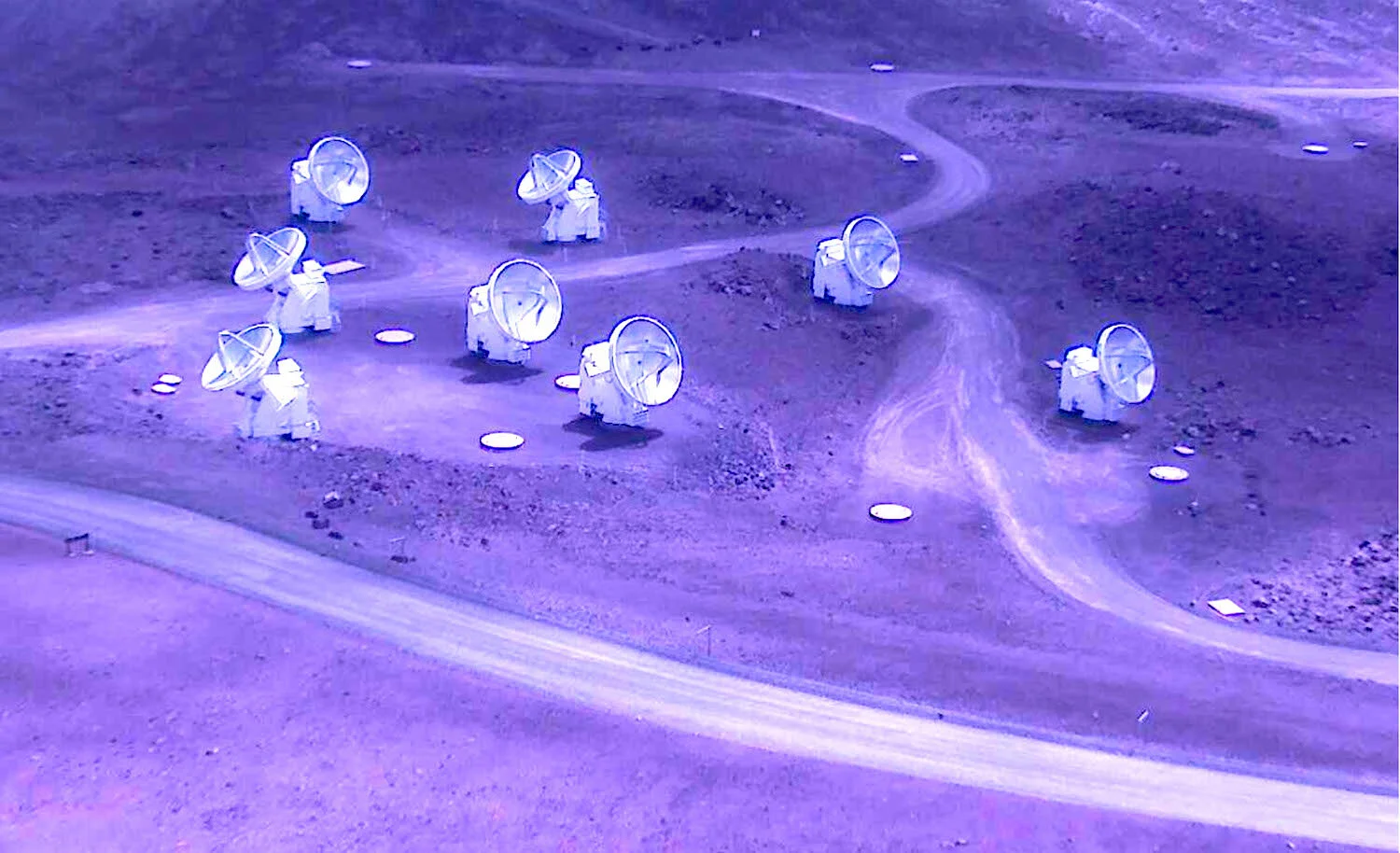Book Review: The Unreal Real
Liza Ryan, Blue/Black, 2015, Pigment print, charcoal, graphite, ink, 47 x 72 inches, Ed.7, ©Liza Ryan, Courtesy of Kayne Griffin Corcoran and Diane Rosenstien Gallery
By Sara Beck
A survey of the last two decades of her work, Liza Ryan’s The Unreal Real lays out its subject matter in broad categories which oscillate between the spectacular and the seemingly mundane. Though the segments showcase a wide variety of subject matter, the underlying theme of each section is singular: transformation.
The book begins with striking landscapes of Antarctica, a place Ryan describes as surreal and otherworldly. A sentiment that is essential to the book as a whole is stated in the excerpt for this first section — Ryan speaks to a desire she first uncovered in this unfamiliar, dreamlike terrain? to “be more of a participant, less of a spectator.” For her, photographing the scenery was the first step in this process. Next was the impulse to draw on the images using graphite, ink, and charcoal. By outlining the terrain’s natural curves — its rises and falls, light and shadow — Ryan finds another way to participate. Her images become a fruitful collaboration with the land and all of the ways it astounds her.
Poetry is also intertwined with Ryan’s images throughout the book. After beginning with Hanna Heiting's poem, which acts as a sort of prologue, Ryan mentions in the section entitled “Bloom” how she drew her inspiration from an Emily Dickinson poem — “I tie my Hat—I crease my Shawl” — to capture the ways in which “the domestic and banal can turn explosive.” And she does not merely focus on any given explosion itself; she also turns her focus toward what leads up to it and what follows, which is often a transformation. Here, Ryan’s framing skillfully plays up the moments before, after, and during these changes of state. A dove looks as though it is about to burst through the suburban tranquility that exists behind a white lattice fence, and the presence of a bright, glittering light turns a walk in the woods into a journey toward something enticing and unknowable.
“Blend” is a section rich with Ryan’s collage work, to which the concept of metamorphosis is also central. By juxtaposing subjects that are not traditionally related to one another, a new narrative is formed as a new transformation has unfolded. Ryan’s collages and fragmented images emphasize the connection between humanity and the natural world, implying that it is one through which growth can take place.
As a whole, Ryan’s book covers ample ground with the breadth of its subject matter, yet steadily holds the concept of metamorphosis at its center throughout its pages. One of its final segments is a passage written by Sarah Lehrer-Graiwer outlining some of the stories and choices behind Ryan’s images, highlighting how the artist has tuned into everyday life with an unusual alertness, one which makes her understated yet fascinating photographs possible. Again comes the idea that collaboration with the environment can fundamentally change the observer into something more, something Ryan outwardly strove to be — a participant.







